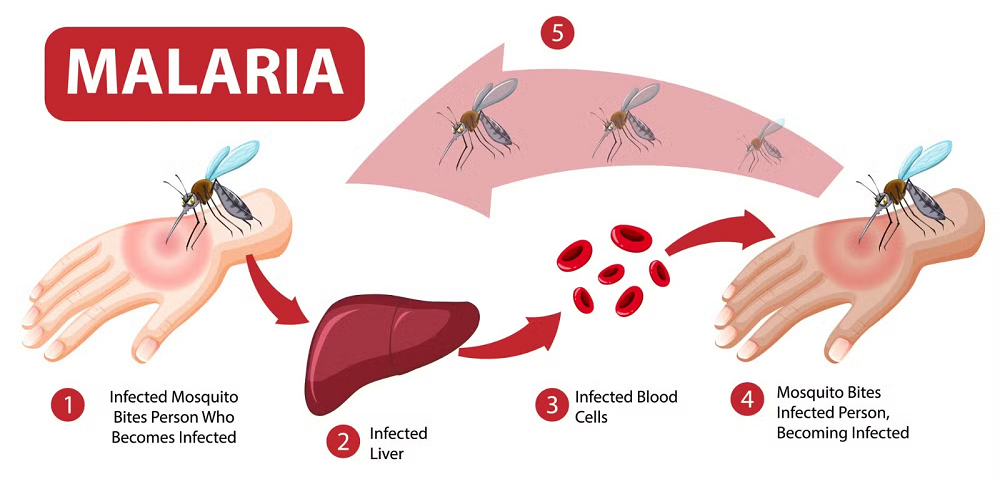Heamospermia

Haemospermia, or blood in the semen, can be caused by a variety of factors, most of which are benign. Common causes include infections (such as prostatitis and urethritis), inflammation, trauma, and vascular abnormalities. In younger men, urogenital infections are a leading cause, with pathogens like bacteria, herpes simplex virus, and parasites implicated. Trauma or injury to the reproductive organs, including iatrogenic causes such as prostate biopsy or urethral instrumentation, also frequently result in haemospermia.Other causes include prostate issues (e.g., polyps, cysts, stones, cancer), seminal vesicle cysts or tumors, urethral abnormalities (e.g., strictures, polyps), and systemic conditions such as hypertension, bleeding disorders, or anticoagulant therapy. While often idiopathic (unknown cause) in 10-20% of cases, haemospermia in men over 40 requires careful evaluation due to a possible association with prostate cancer or other malignancies.Sexual factors such as prolonged abstinence, excessive sexual activity, or prolonged intercourse can also be contributing factors. Most cases are self-limited and not serious, but persistent or recurrent haemospermia, particularly in older men, warrants further investigation.Summary of causes:Infectious: Prostatitis, urethritis, sexually transmitted infections, tuberculosis, schistosomiasisInflammatory: Inflammation of prostate, seminal vesicles, urethraTrauma/Iatrogenic: Prostate biopsy, urethral instrumentation, external traumaStructural/anatomic: Prostatic or urethral polyps, cysts, stones, strictures, seminal vesicle cystsNeoplastic: Prostate cancer, seminal vesicle tumors (rare)Vascular: Ruptured blood vessels in prostate or seminal vesiclesSystemic: Hypertension, bleeding disorders, anticoagulant useSexual activity-related: Prolonged abstinence, excessive masturbation or intercourseIdiopathic (unknown cause) in a minority of casesTherefore, while haemospermia can be alarming, it is often due to benign causes such as infection, inflammation, or minor trauma, especially in younger men. However, in men over 40 or with recurrent symptoms, malignancy must be ruled out through proper evaluation















